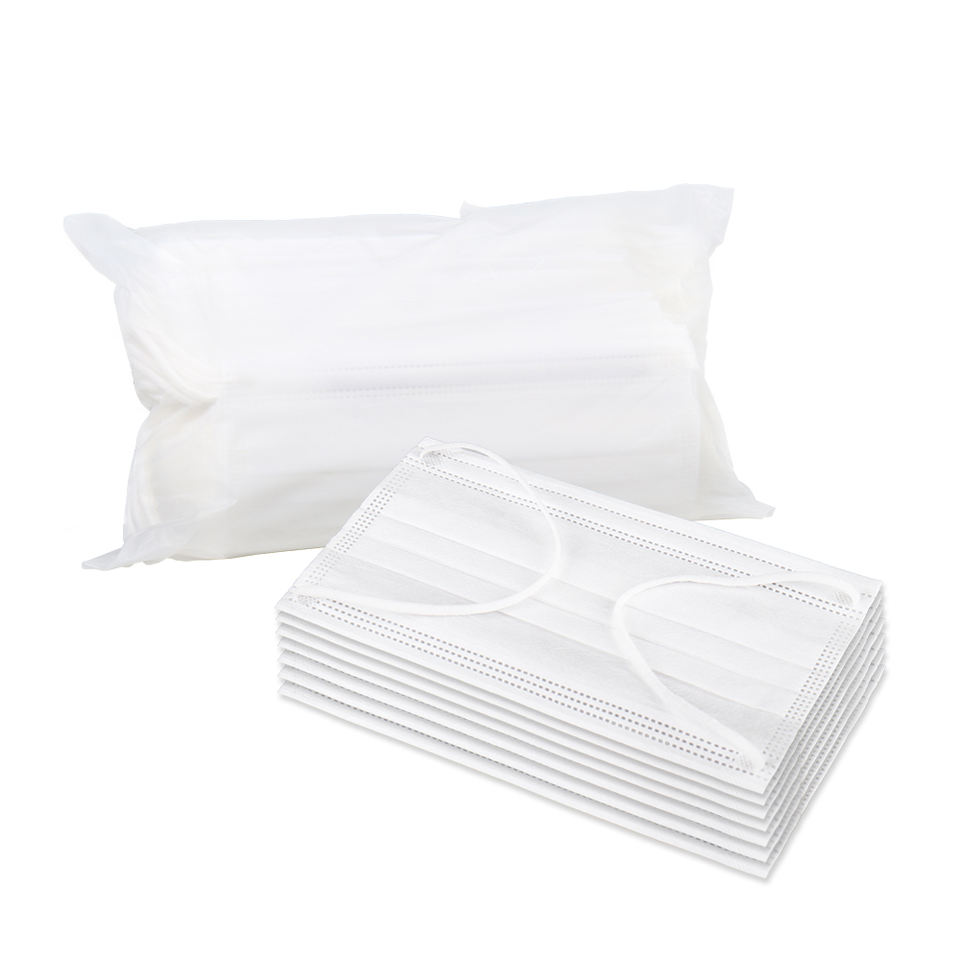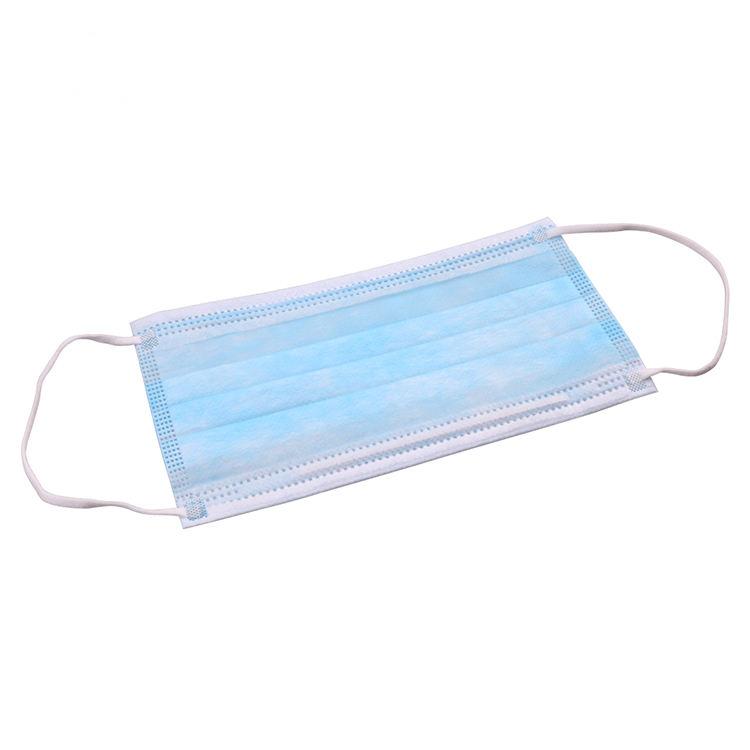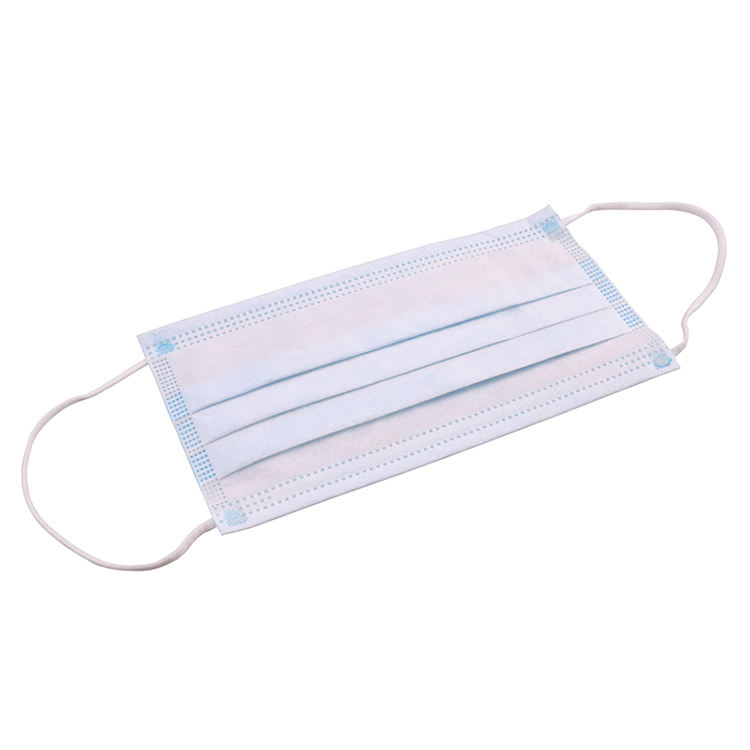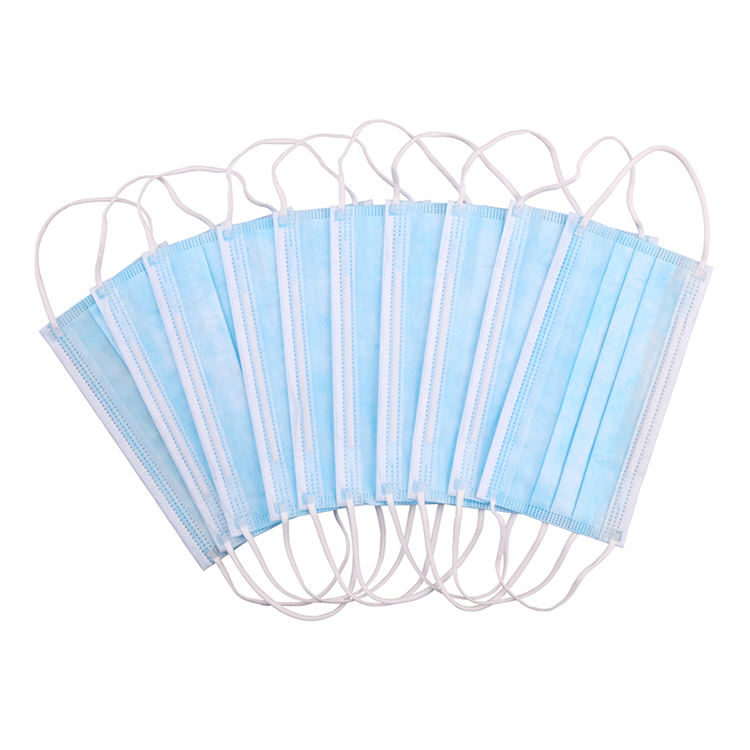Durable Waterproof Safety Clothing | Custom & High-Vis Protection
The Imperative Role of Advanced waterproof safety clothing in Industrial Environments
In hazardous industrial settings, ensuring the well-being and operational efficiency of personnel is paramount. Professional-grade waterproof safety clothing is not merely an accessory but a critical component of personal protective equipment (PPE), engineered to shield workers from adverse weather conditions, chemical splashes, and abrasive elements. This specialized apparel is vital across a spectrum of industries where exposure to moisture, harsh chemicals, or extreme temperatures is a constant challenge, directly impacting worker safety, comfort, and productivity. This article delves into the technical intricacies, application diversity, and strategic importance of selecting and implementing high-performance waterproof safety solutions.
Navigating Industry Trends in Professional Waterproof Apparel
The landscape of industrial safety is continually evolving, driven by advancements in material science, stringent regulatory demands, and a heightened focus on worker comfort and sustainability. Current trends in waterproof safety clothing emphasize multi-functional designs, incorporating features beyond mere water resistance. Integrated smart textiles are emerging, offering capabilities such as real-time physiological monitoring, enhanced visibility through embedded LED lighting, and even climate control. There is a strong push towards eco-friendly materials and manufacturing processes, reducing environmental impact without compromising performance. Furthermore, customization is becoming a standard expectation, with enterprises seeking solutions that precisely match their operational hazards and corporate branding requirements. The synergy between high-performance waterproofing and ergonomic design is crucial, ensuring maximum mobility and reducing fatigue during extended shifts.

Key developments include the adoption of advanced membrane technologies like PTFE (e.g., Gore-Tex Pro) and PU laminates, which offer superior breathability alongside exceptional waterproofing. These materials enable moisture vapor to escape from the garment, preventing sweat buildup and maintaining a comfortable microclimate for the wearer. The integration of robust anti-static properties and flame-retardant treatments is also becoming more prevalent, especially for sectors such as petrochemicals and gas distribution, where multiple hazards converge.
The Manufacturing Process of High-Performance Waterproof Safety Clothing
The creation of durable and effective waterproof safety clothing involves a sophisticated multi-stage manufacturing process, emphasizing precision and adherence to rigorous quality standards. The selection of materials is foundational, typically involving robust outer fabrics like polyester or nylon, laminated with advanced waterproof and breathable membranes (e.g., ePTFE, PU). For heavy-duty applications, PVC-coated fabrics are preferred for their superior chemical resistance and abrasion durability, particularly in environments like chemical processing or marine operations.
Process Flow Schematic:
1. Material Selection & Sourcing
High-grade textiles (polyester, nylon), waterproof/breathable membranes (ePTFE, PU), seam tapes, zippers, reflective materials. Compliance with ISO 14001 for sustainable sourcing.
2. Cutting & Assembly
Precision CNC cutting ensures minimal material waste. Garments are stitched using specialized machinery, often incorporating double-needle or flat-fell seams for durability.
3. Seam Sealing (Welding/Taping)
Crucial step using hot-air tape sealing or ultrasonic welding to prevent water ingress through needle perforations. Ensures a fully waterproof barrier, conforming to EN 343.
4. Component Integration
Attachment of zippers, pockets, hoods, reflective tapes (e.g., 3M Scotchlite), and adjustable cuffs. All components selected for durability and performance in harsh conditions.
5. Quality Control & Testing
Rigorous testing for hydrostatic head (ISO 811), breathability (ISO 11092), tear strength (ISO 13937), abrasion resistance (ISO 12947), and chemical penetration (EN ISO 6530).
6. Final Inspection & Packaging
Each garment undergoes a final visual and functional inspection before packaging. Detailed care instructions and certification labels are included.
The service life of industrial waterproof safety clothing is a critical consideration, typically ranging from 1 to 5 years depending on the material, frequency of use, and severity of the operating environment. Proper maintenance and adherence to washing instructions are crucial for maximizing longevity. Target industries for such apparel are diverse, including petrochemical, metallurgy, water supply & drainage, construction, utilities, and critically, coal mining safety clothing where protection against water, dust, and confined spaces is essential. Advantages in these scenarios include enhanced energy saving through reduced downtime due to weather, superior corrosion resistance of materials, and ultimate protection for personnel working in highly corrosive or wet environments.
Technical Specifications and Performance Parameters
Understanding the technical specifications of waterproof safety clothing is crucial for procurement decision-makers. Key performance indicators are rigorously tested to meet international standards such as ISO and EN. These parameters define the garment's ability to protect against various environmental and operational hazards.
| Parameter | Description | Relevant Standard | Typical Performance Range |
|---|---|---|---|
| Hydrostatic Head (Waterproofness) | Measures resistance of fabric to water penetration under pressure (mm of water column). | ISO 811, EN 343 | > 5,000 mm (light rain) to > 20,000 mm (extreme conditions) |
| Water Vapour Permeability (Breathability) | Measures fabric's ability to allow moisture vapor (sweat) to escape (m²Pa/W or RET value). | ISO 11092 | RET < 20 (good), RET < 6 (excellent) |
| Tear Strength | Resistance of fabric to tearing, crucial for durability in demanding physical work (N). | ISO 13937 | > 30 N (common), > 50 N (heavy-duty) |
| Abrasion Resistance | Ability of fabric to withstand rubbing and friction, measured in Martindale cycles. | ISO 12947 | > 20,000 cycles (industrial grade) |
| Chemical Penetration/Repellency | Measures resistance to penetration by liquid chemicals, crucial for chemical handling. | EN ISO 6530 | Index 3 for repellency, Index 3 for penetration (highest protection) |
In addition to these core metrics, specialized garments may feature resistance to flame (EN ISO 11612), anti-static properties (EN 1149), or high-visibility characteristics (EN ISO 20471). A comprehensive understanding of these specifications allows organizations to procure apparel that provides optimal protection tailored to specific operational risks, thereby enhancing overall safety protocols and compliance.
Critical Application Scenarios for Waterproof Safety Clothing
The utility of advanced waterproof safety clothing spans numerous demanding sectors, providing indispensable protection against environmental adversities and operational hazards. Each scenario presents unique challenges requiring specific garment features:
- Petrochemical and Oil & Gas: Workers in drilling, refining, and transportation operations are exposed to rain, sea spray, and potential splashes from hydrocarbons. Clothing must offer not only waterproofing but also flame retardancy (FR) and anti-static properties (EN 1149) to mitigate explosion risks.
- Construction and Civil Engineering: Outdoor construction sites are perpetually subject to weather elements. Garments need to be highly durable against abrasion and tearing from sharp objects and rough surfaces, while providing reliable waterproofing to keep workers dry and comfortable during prolonged exposure. High-visibility features are often combined for road and site safety.
- Water Supply & Drainage / Utilities: Technicians working on water lines, sewers, or electrical infrastructure often operate in wet, muddy, and confined spaces. Their clothing requires exceptional waterproofing and resistance to contaminants, sometimes including biological hazards.
- Mining (especially Coal Mining): In underground coal mining, workers face constant dampness, water seepage, and the risk of water accumulation. Durable waterproof overalls and jackets are essential to prevent hypothermia and protect against abrasive contact with rock and machinery. The fabric must be tough, and seams absolutely impenetrable.
- Fisheries and Maritime Industries: Constant exposure to saltwater, wind, and rain necessitates highly robust waterproof gear. Chemical resistance may also be required for handling fuels, lubricants, or processing agents.
- Agricultural Sector: Farmers and agricultural workers frequently work outdoors in varied weather. Waterproof protective clothing guards against rain, mud, and agricultural chemicals, ensuring health and safety during tasks like spraying or harvesting.

In each scenario, the optimal apparel choice is dictated by a thorough risk assessment, balancing waterproofness, breathability, durability, and additional protective features to match the specific demands of the environment and task at hand.
Key Technical Advantages of Modern Waterproof Safety Clothing
The evolution of waterproof safety clothing has yielded significant technical advantages that contribute directly to improved operational efficiency, worker safety, and long-term cost savings for businesses:
- Enhanced Worker Comfort & Productivity: Modern breathable membranes prevent internal moisture buildup, reducing discomfort, skin irritation, and the risk of heat stress or hypothermia. This directly translates to higher morale and sustained productivity throughout shifts.
- Superior Durability & Longevity: Advanced materials and reinforced construction techniques ensure garments withstand harsh industrial conditions, including abrasion, punctures, and chemical exposure, extending product life and reducing replacement costs.
- Multi-Hazard Protection: Integrated features like flame retardancy, anti-static properties, and high visibility provide comprehensive protection against multiple simultaneous risks, simplifying PPE management.
- Compliance with Global Standards: Adherence to international standards (e.g., ISO, EN, ANSI) ensures that the clothing meets strict performance and safety criteria, safeguarding legal compliance and demonstrating a commitment to worker welfare.
- Corrosion and Chemical Resistance: Specialized coatings and laminates offer robust protection against corrosive chemicals, acids, and alkalis, which are prevalent in many industrial operations, thus protecting both the worker and preventing garment degradation.
These advantages are not merely theoretical; they translate into tangible benefits on the ground, minimizing accident rates, reducing employee turnover due to discomfort, and optimizing overall operational continuity.
Vendor Evaluation and Customization Solutions
Selecting the right supplier for industrial safety apparel is a strategic decision that extends beyond mere cost. A comprehensive vendor evaluation should consider product quality, adherence to standards, customization capabilities, and after-sales support. For organizations looking to buy safety clothing, focusing on vendors with a proven track record, clear certification documentation, and transparent manufacturing processes is crucial.
Table 2: Vendor Comparison Criteria for Waterproof Safety Clothing Suppliers
| Criterion | Description | Importance |
|---|---|---|
| Product Certifications | Verification of ISO, EN, ANSI standards compliance for all relevant hazards. | Critical |
| Material Technology | Use of advanced breathable membranes (ePTFE, PU), robust outer fabrics, and seam sealing. | High |
| Customization Capabilities | Ability to provide custom safety clothing for specific designs, sizing, branding, and integrated features. | Medium to High |
| Warranty & Support | Clear warranty terms, accessible customer service, and technical support. | Critical |
| Lead Times & Fulfillment | Reliable delivery schedules and capacity for bulk orders. | High |
| Industry Experience | Years of service and reputation within the target industry sectors. | Medium to High |
Custom safety clothing offers significant benefits for organizations with unique operational requirements or a strong desire for brand consistency. Customization options can range from specific sizing to accommodate diverse workforces, integration of company logos and reflective branding, to incorporating specialized pockets or attachment points for tools and communication devices. Some manufacturers can even design garments with specific material blends to optimize for factors like extreme temperature variations or heightened chemical resistance, moving beyond standard off-the-shelf solutions.

Partnering with a vendor capable of providing tailored solutions ensures that the apparel perfectly aligns with both safety protocols and corporate identity, reflecting a professional commitment to worker welfare and operational excellence.
Real-World Application Case Studies
The practical impact of high-quality waterproof safety clothing is best illustrated through real-world applications:
Case Study 1: Offshore Wind Farm Maintenance
A leading renewable energy company faced significant challenges with technician comfort and safety during routine maintenance of offshore wind turbines. Their existing waterproof gear proved insufficient against constant sea spray, high winds, and heavy rain, leading to complaints of dampness, cold, and reduced dexterity. After consulting with a specialized PPE manufacturer, they implemented a bespoke solution: a multi-layered waterproof safety suit constructed with a 3-layer ePTFE membrane, fully seam-sealed, and featuring integrated thermal lining and reinforced knee/elbow panels. The new garments also included highly visible elements compliant with EN ISO 20471. Post-implementation, the company reported a 40% reduction in weather-related sick days, a significant increase in worker comfort feedback scores, and enhanced operational efficiency due to improved mobility and sustained focus in harsh conditions. The advanced material provided exceptional water column resistance (>25,000mm) and breathability (RET < 9), proving crucial for this demanding environment.
Case Study 2: Municipal Wastewater Treatment Plant
A municipal wastewater treatment facility needed to upgrade its safety apparel for workers routinely exposed to effluent, chemical agents (e.g., chlorine), and prolonged wet conditions. Their primary concern was ensuring full protection against biological contaminants and corrosive liquids while maintaining worker agility. The chosen solution was a heavy-duty PVC-coated polyester suit with welded seams, specifically designed for chemical splash protection (EN ISO 6530 compliant). These suits provided superior impermeability against a range of chemicals and biohazards, and their smooth surface was easy to decontaminate. Feedback from workers highlighted the robust protection, while management noted a substantial decrease in minor skin irritations and chemical exposure incidents, leading to improved regulatory compliance and a safer work environment. The garments demonstrated an impressive chemical repellency index of 3 and penetration index of 3 for common wastewater treatment chemicals.

Ensuring Trust: Certifications, Warranty, and Support
For B2B buyers, trustworthiness is built on tangible commitments. Reputable manufacturers of waterproof safety clothing adhere to stringent certification processes, offer robust warranties, and provide comprehensive customer support.
- Certifications and Authoritative References: Look for products certified by recognized bodies such as ISO (e.g., ISO 9001 for quality management, ISO 14001 for environmental management) and accredited laboratories for EN standards (e.g., EN 343 for protective clothing against rain). Compliance with specific national standards (e.g., ANSI for North America) is also critical.
- Partner Clients and Years of Service: A strong portfolio of long-term partnerships with leading industrial companies and significant years in the market are indicators of reliability and proven product performance.
Frequently Asked Questions (FAQ)
Q: How do I choose the correct level of waterproofing?
A: Assess your specific environment's rain intensity and duration. Hydrostatic head ratings (e.g., EN 343 Class 3/3 for extreme weather) are key. Consider breathability (RET value) for active work to prevent overheating.
Q: What is the typical lead time for custom safety clothing orders?
A: Lead times vary based on complexity and order volume. Standard custom orders typically range from 4-8 weeks from design approval to delivery. Expedited options may be available upon request.
Q: What warranty is offered on your waterproof safety clothing?
A: We typically offer a 1-3 year warranty covering manufacturing defects and material integrity under normal use. Specific terms are outlined with each product line. This ensures peace of mind for buyers looking to buy safety clothing.
Q: How should waterproof garments be maintained for maximum lifespan?
A: Always follow the care label instructions. Generally, machine wash on a gentle cycle with a technical wash (no fabric softeners), tumble dry on low, or hang dry. Re-proof garments periodically if the Durable Water Repellent (DWR) coating wears off.
Lead Time and Fulfillment
Standard orders for readily available waterproof safety clothing typically ship within 5-7 business days. For bulk purchases or specialized custom safety clothing, lead times are confirmed at the time of order placement, often ranging from 4 to 12 weeks depending on material sourcing and production queue. We maintain robust supply chain logistics to ensure timely fulfillment.
Warranty Commitments
Our waterproof safety clothing products are backed by a comprehensive warranty against defects in materials and workmanship. The specific warranty period varies by product category, generally ranging from one to three years. This commitment underscores our confidence in product durability and performance under specified industrial conditions.
Customer Support
Our dedicated customer support team is available to assist with product selection, technical inquiries, order tracking, and after-sales service. Clients can reach us via phone, email, or our online portal for prompt and expert assistance, ensuring a seamless experience for all procurement and usage needs.
Conclusion
The strategic procurement of high-performance waterproof safety clothing is a critical investment for any industrial enterprise committed to worker safety and operational resilience. By prioritizing advanced materials, rigorous certifications, and tailored solutions, businesses can ensure their workforce is adequately protected against the elements and hazards, thereby enhancing productivity and upholding the highest standards of safety compliance.
References
- 1. International Organization for Standardization (ISO). (n.d.). ISO Standards. Retrieved from www.iso.org
- 2. European Committee for Standardization (CEN). (n.d.). EN Standards. Retrieved from www.cencenelec.eu
- 3. American National Standards Institute (ANSI). (n.d.). ANSI Standards. Retrieved from www.ansi.org
- 4. Health and Safety Executive (HSE). (n.d.). Personal Protective Equipment at Work Regulations. Retrieved from www.hse.gov.uk
- 5. OSHA. (n.d.). Personal Protective Equipment. Retrieved from www.osha.gov
-
Women's Safety Clothing Canada | Hi-Vis & Durable Gear
NewsAug.27,2025
-
Durable Safety Helmet Hats: Ultimate Head Protection & Comfort
NewsAug.26,2025
-
HDPE Safety Helmet: Durable Head Protection for Work Sites
NewsAug.25,2025
-
Stylish Baseball Cap Safety Helmet | Discreet Head Protection
NewsAug.24,2025
-
Durable Waterproof Safety Clothing | Custom & High-Vis Protection
NewsAug.23,2025
-
Premium Reflective Safety Clothing | High-Vis Workwear
NewsAug.22,2025
